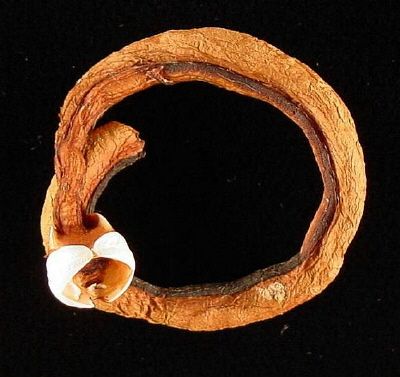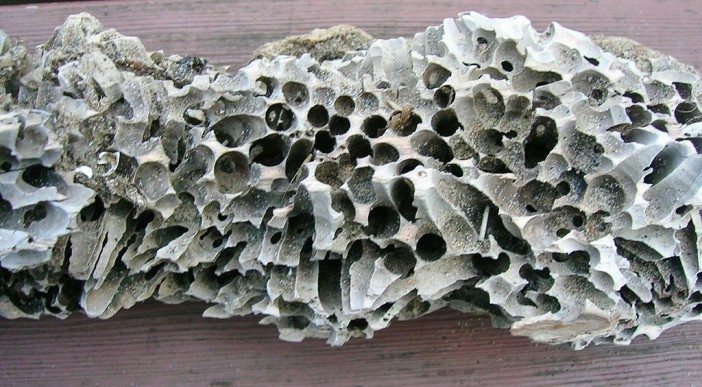Sheepshead Bay Foot Bridge To Close For 2.5 Months To Fight Worm Infestation


EXCLUSIVE: The Ocean Avenue footbridge connecting Sheepshead Bay to Manhattan Beach will be shuttered for 2.5 months, as contractors work to eradicate a shipworm infestation and protect against future damage.
The Department of Transportation found the presence of marine borers eating away the timber pilings supporting the Ocean Avenue footbridge, as well as eight other structures across Brooklyn and Manhattan.
The DOT briefed Community Board 15 on their battle against shipworms earlier this month, explaining the need to close the bridge as they bring in barges, specialized divers and equipment to kill the borers and protect the timber.
“If we don’t do this, you won’t have a bridge,” Joannene Kidder, the DOT Division of Bridge’s executive director of community affairs, explained at the meeting.

The shipworm, or Teredo navalis, is not actually a worm, but a species of clam that uses its small shell to bore through wood. It resembles a worm, and grows to several feet long, according to Department of Transportation experts. A destructive pest on submerged wood, the worms drill tunnels that undermine the structure’s strength and put it at risk of collapse.
The fight to eradicate the pests from nine structures citywide will cost approximately $66 million, funded in part by the federal and state governments.
Here in Sheepshead Bay, the agency is planning to close the bridge around March 1 – pending inter-agency approvals and the contractor’s schedule – and keep it shuttered for 2.5 months.
The contractor is required to have the bridge back open by Memorial Day in time for the summer beach crowds – whether the work is complete or not.
“If [the contractor] doesn’t [finish by Memorial Day], we will order him out and he will come back in the fall. It’s in his contract that this bridge has to be open by Memorial Day,” said Kidder.
To get it done, two barges will be stationed alongside the eastern length of the bridge. The Emmons Avenue side will be blocked off, and a chunk of sidewalk on the Shore Boulevard side will be fenced off as a work area. There will be a trailer and bathrooms inside the fencing, and enough space on the outside of the sidewalk to allow pedestrians to pass without forcing them into the street.

The process itself involves power washing the wooden pilings, wrapping them in PVC tubing, and making it airtight with an EPA-permitted chemically-treated tape.
“The worm will lack of oxygen, then the worm will die,” explained project manager Andre Celestin.
Once the work is complete, neighbors might notice a small difference.
“One thing that will change is that when you’re walking by the bridge [at low tide], you’re going to see the treatment. Now you see the wood,” said Celestin. He added that the treatment will appear black.
Aside from the pile repairs, the city will also be replacing all the wooden braces, the structural crossbeams between the bridge’s deck and the pilings.
Closing the bridge, which hundreds of commuters, fishermen and strolling neighbors use every day to cross between the two neighborhoods, may not be ideal, but appears necessary.
“We don’t really have a choice,” said Community Board 15 Chairperson Theresa Scavo.
Some from Manhattan Beach, however, seemed to be pleased with the idea of limited access to the neighborhood.
“September 1st would be a great end date [instead of Memorial Day],” said Community Board 15 member Mitch Shpelfogel.
“Do you have any idea how much foot traffic there is over that? We’d love to see it closed,” said another Board member, Edmond Dweck, who is also an executive boardmember of the Manhattan Beach Neighborhood Association.
The plans date back to 1999, when the agency underwent a comprehensive evaluation of the presence of borers in all DOT property that had submerged wood, assessing the damage they’ve done and creating projections for future destruction.
They found the worms in the 135-year-old footbridge (which was reconstructed in the 1930s), the Carroll Street bridge, and seven locations along the FDR Drive.
In total, it comprises work on 16,000 pilings around the city, or 28 linear miles of pile repair, according to the agency.



